Shoulder injuries are incredibly common and can arise from issues like impingement syndrome, rotator cuff strains, scapular winging, and biceps tendinitis. Often, these problems are linked to scapular dysfunction and weakened posterior shoulder muscles, which reduce the joint’s ability to stabilize. At The PT Zone, we focus on decreasing pain and tightness, enhancing scapular control, and strengthening the smaller shoulder muscles to restore proper function.
- Relieve neck and shoulder tension to improve mobility
- Address scapular imbalances for better shoulder mechanics
- Strengthen posterior shoulder muscles for optimal stability
- Utilize proprioceptive and targeted exercises to prevent reinjury
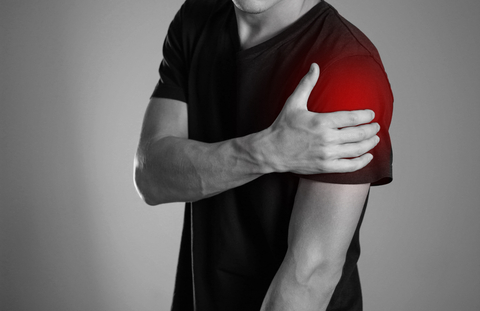
Let us help you move freely and
comfortably again
Shoulder pain can limit everything from reaching overhead to carrying groceries and playing sports. Whether it’s a rotator cuff tear, subacromial impingement, or general weakness in the stabilizing muscles, shoulder dysfunction can dramatically impact your quality of life. At The PT Zone, we tailor each plan to address the root cause of your discomfort—focusing on scapular control, muscle balance, and movement patterns that lead to lasting relief.
Our approach includes specific exercises to enhance strength in neglected areas, manual therapy to reduce tension, and proprioceptive drills that help you regain full confidence in your shoulder movement. By blending these techniques, we improve joint stability and reduce the likelihood of reinjury. Whether you’re dealing with a nagging tendinitis or recovering from surgery, our dedicated team will guide you toward a pain-free lifestyle where your shoulders feel strong, flexible, and capable.
As you progress, we’ll adjust your program to safely challenge your muscles, ensuring steady gains without causing undue stress on the joint. Our ultimate goal is to help you move fluidly and enjoy an active life without shoulder pain holding you back.
Our Therapies for Shoulder Injury Recovery:
A strong, pain-free shoulder can open the door to better posture and greater overall mobility.
-
Balance Training

Balance Training is a specialized approach that strengthens stabilizing muscles, enhances coordination, and reduces fall risks, ultimately improving posture and promoting confident movement.
-
Certified Manual Therapy
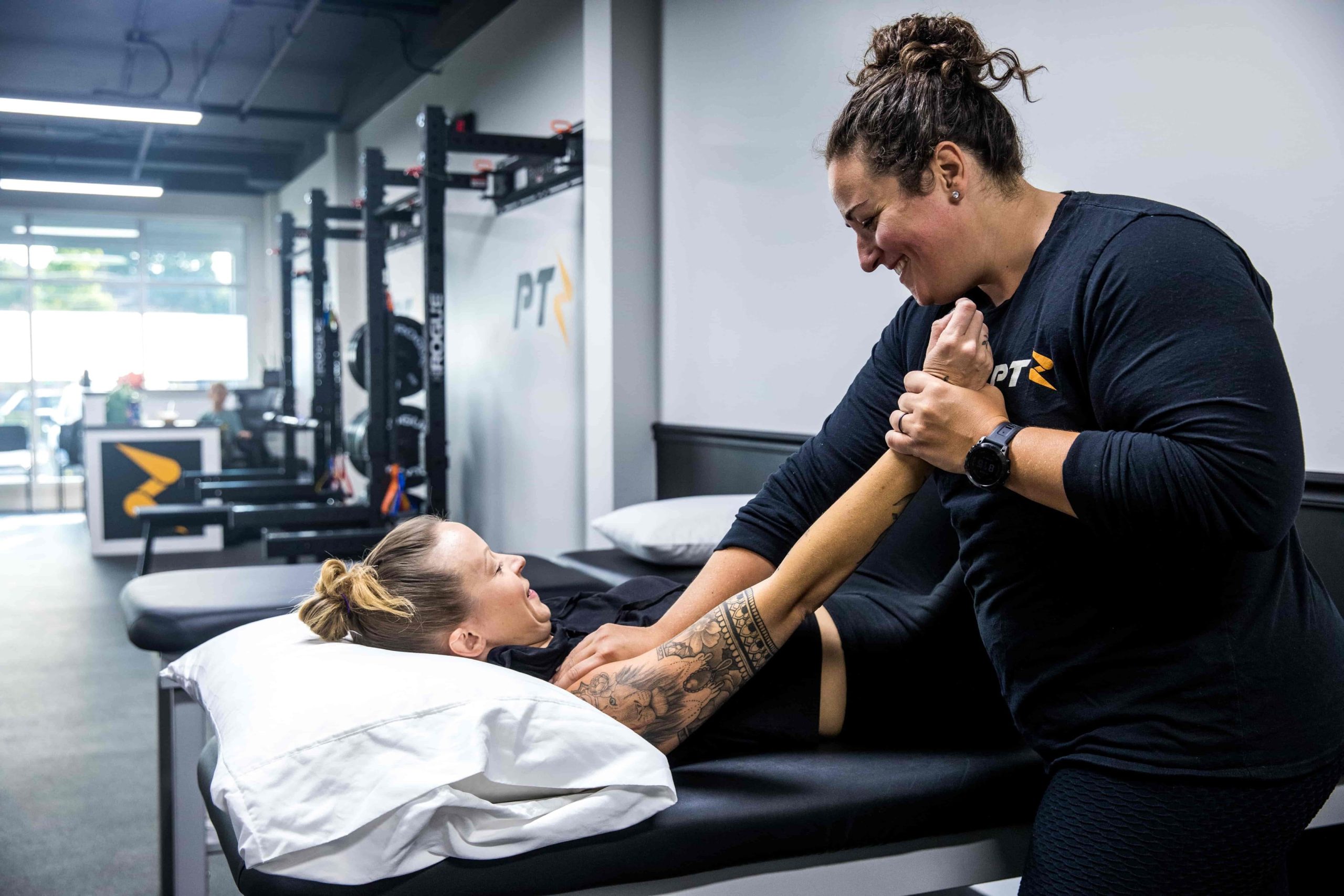
Certified Manual Therapy is a hands-on approach that addresses joint, muscle, and connective tissue dysfunction, reducing pain, improving alignment, and promoting faster, more efficient recovery.
-
Cupping

Cupping therapy is an ancient healing technique that uses suction to enhance circulation, relieve muscle tension, and promote the body’s natural recovery process.
-
Dry Needling
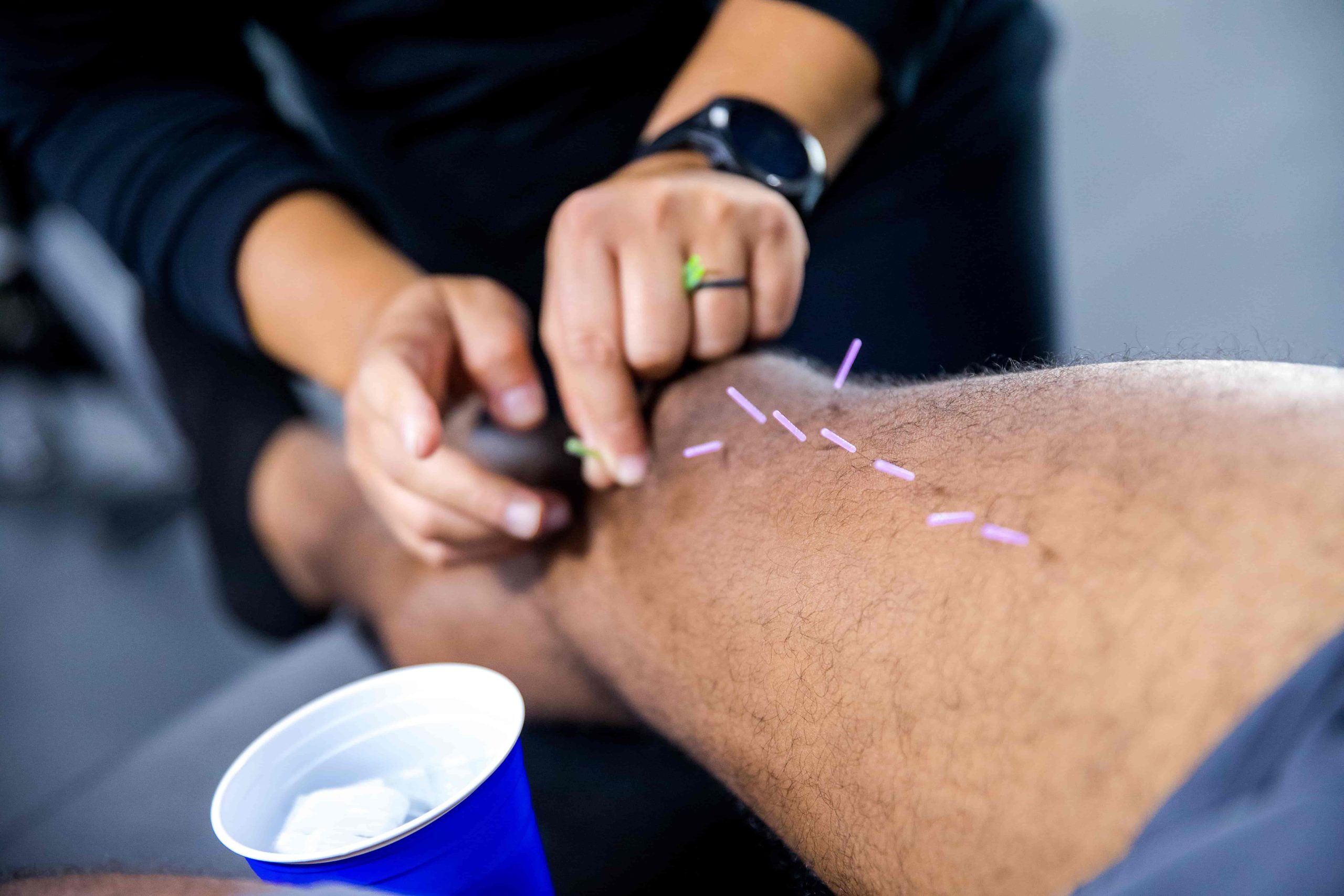
Dry needling is a modern therapy that targets muscle trigger points with thin needles to relieve pain, reduce tension, and restore mobility.
-
Gait Training
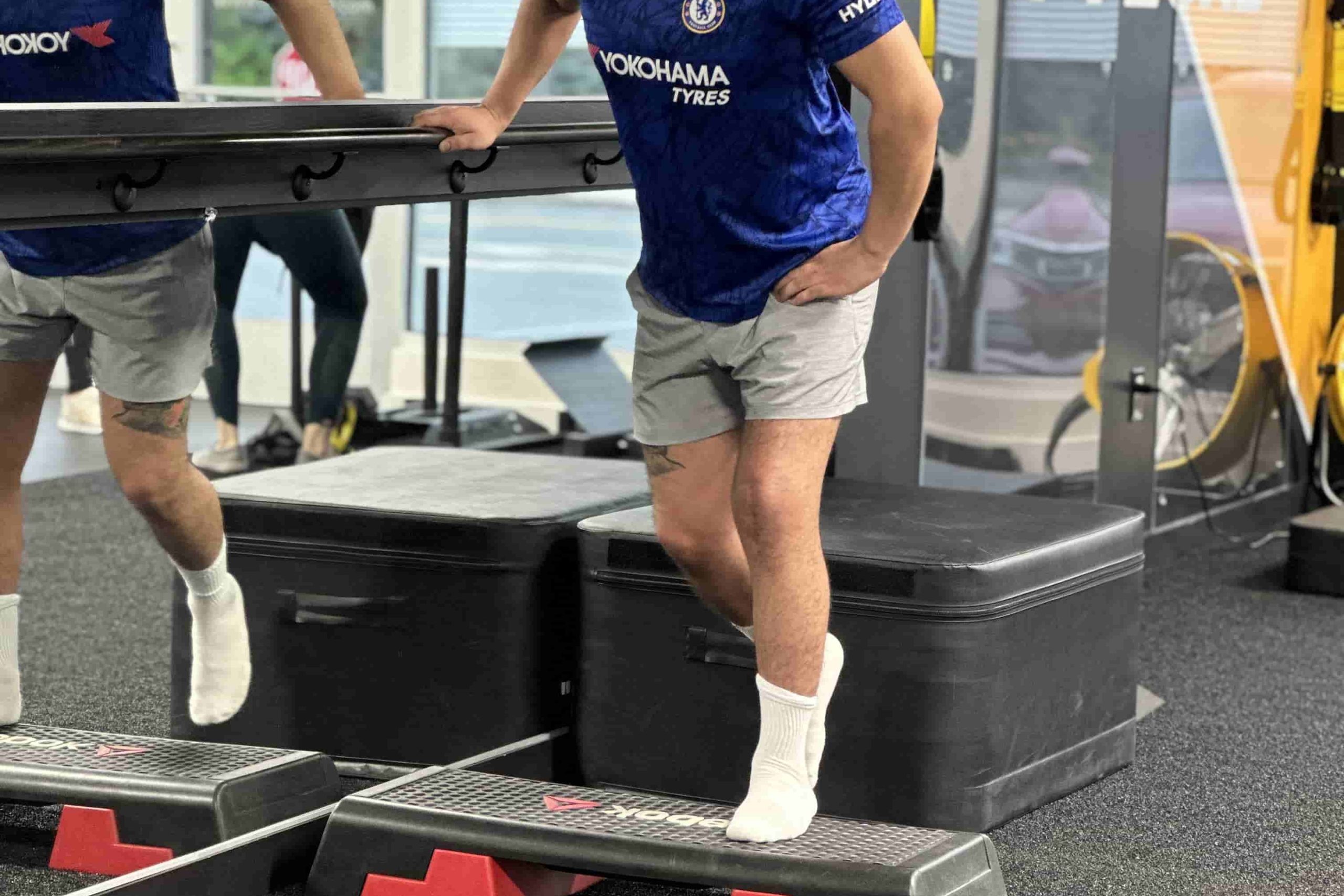
Gait Training is a specialized approach that enhances walking mechanics, improves lower-limb strength, and reduces re-injury risks, ultimately promoting more efficient movement.
-
Graston Technique
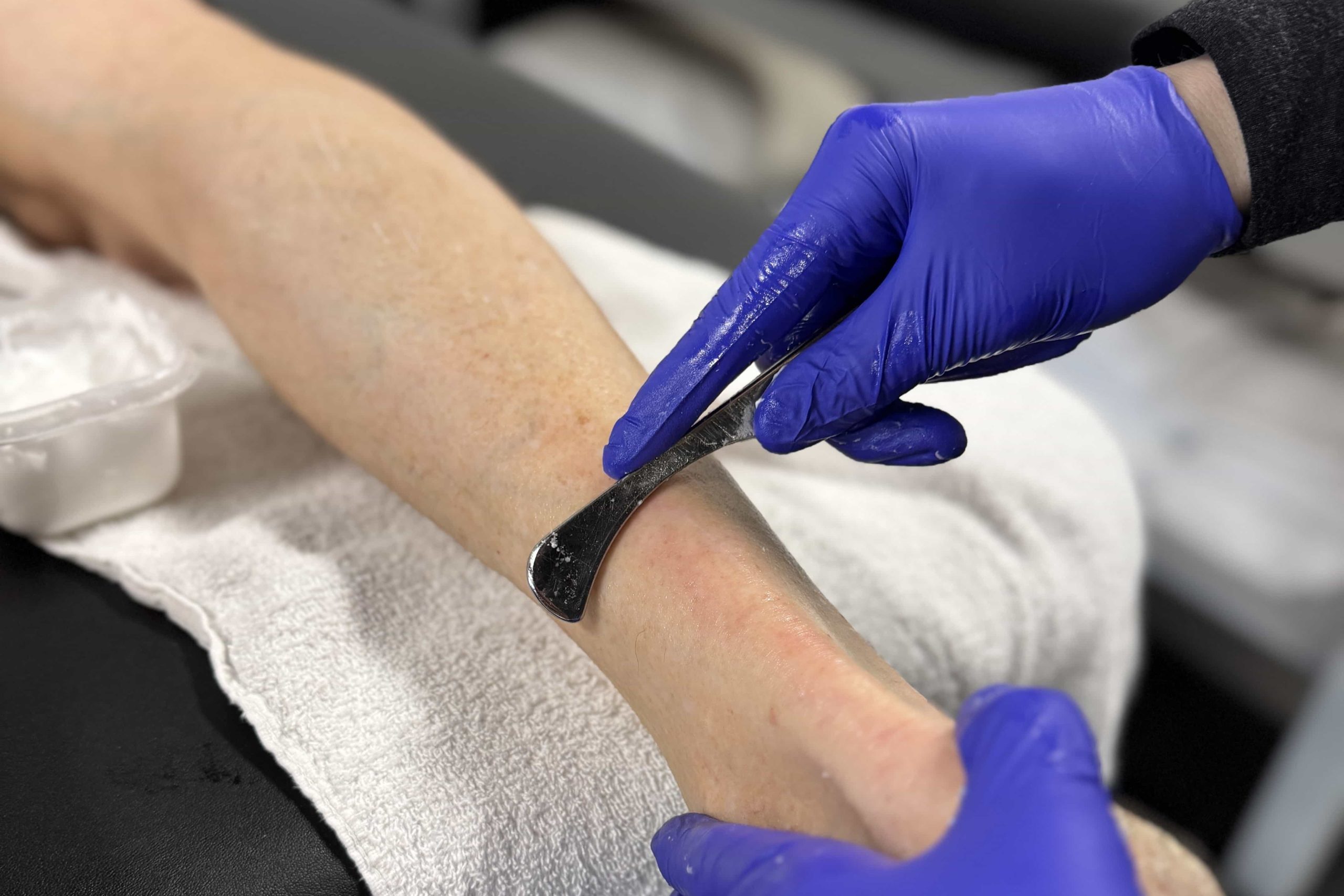
Graston Technique is a specialized manual therapy that uses stainless steel instruments to break down scar tissue, improve mobility, and accelerate healing.
-
Kinesiotaping
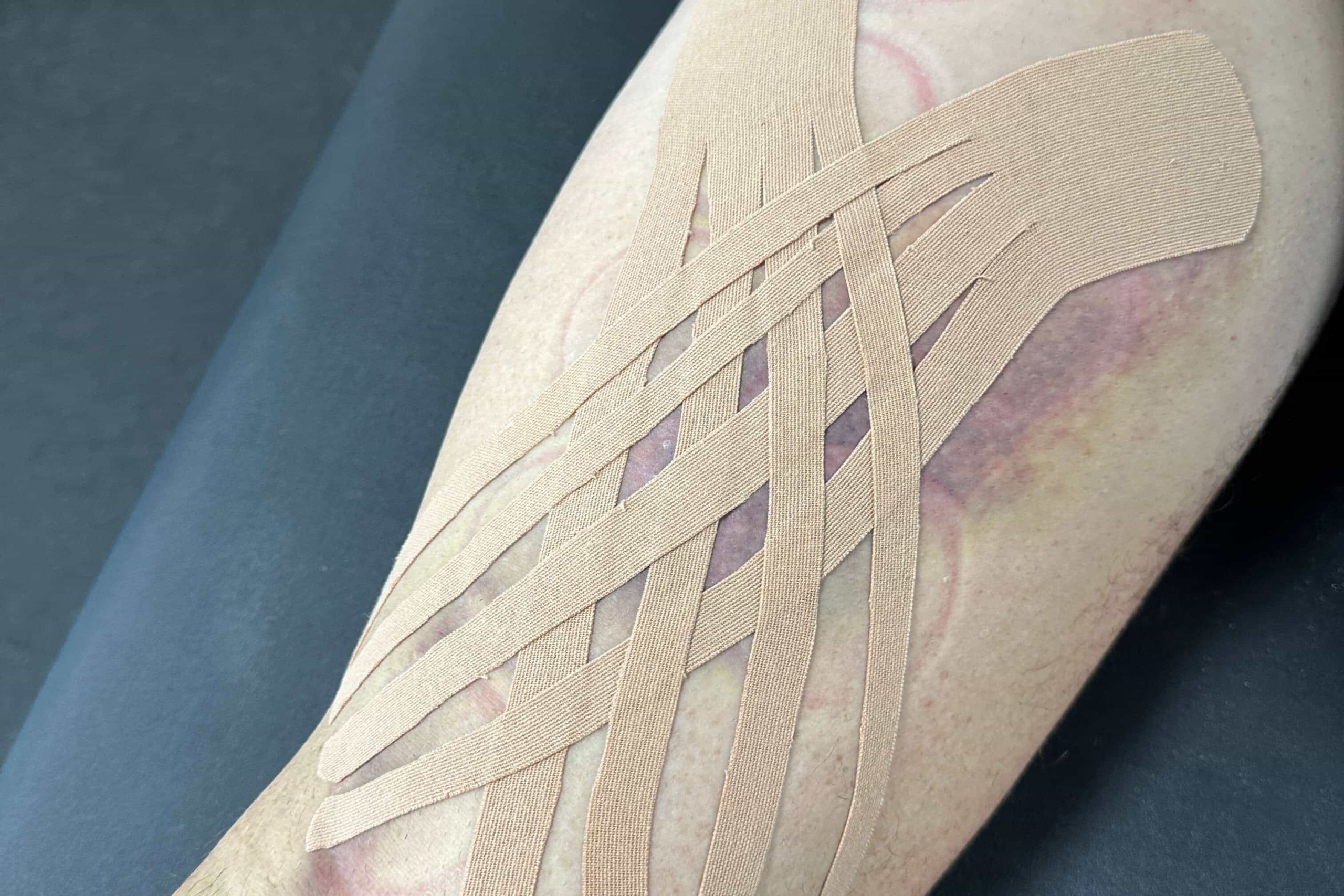
Kinesiotaping is a flexible taping method that provides gentle support, improves circulation, and helps maintain natural movement for a more comfortable and effective recovery.
-
Manual Traction
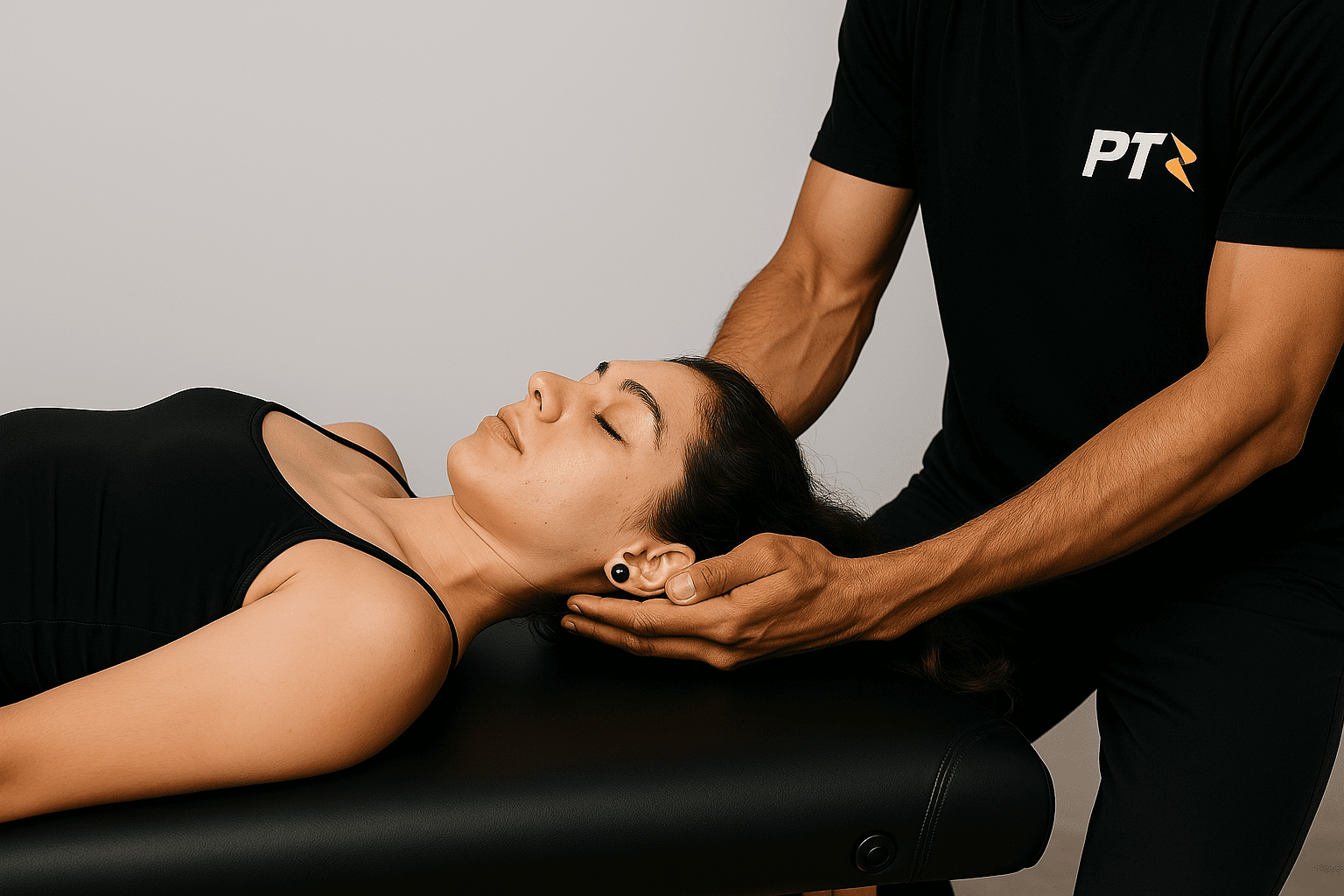
Manual Traction is a gentle, hands-on method used to decompress the spine, relieve pressure on discs and nerves, and improve overall comfort and mobility.
-
Post-Surgical Rehab
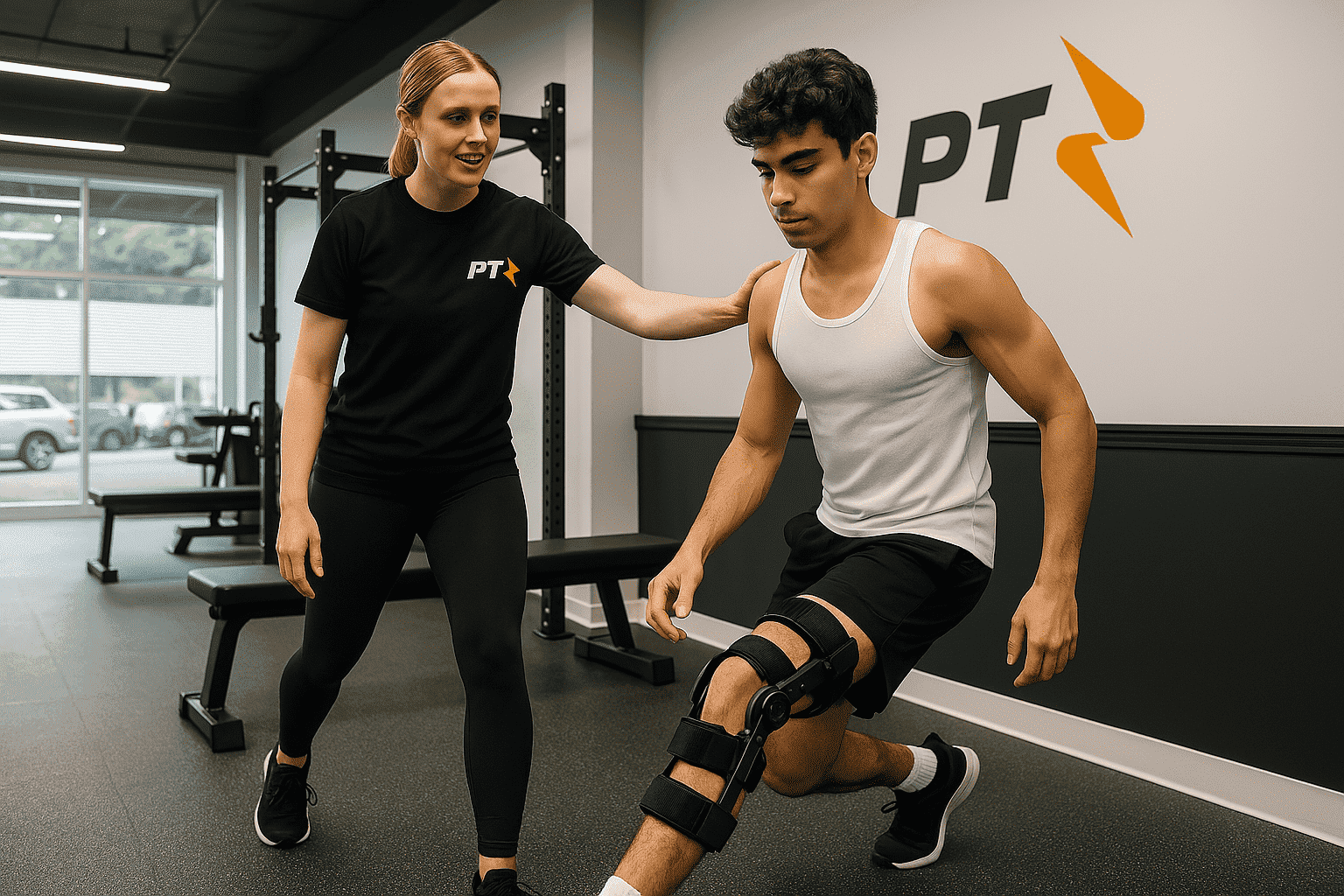
Post-Surgical Rehab is a structured recovery process designed to restore mobility, manage pain, and rebuild strength after surgery, ensuring a safer and faster return to your everyday activities or sports.
-
Physical Therapy for Weightlifters & CrossFit
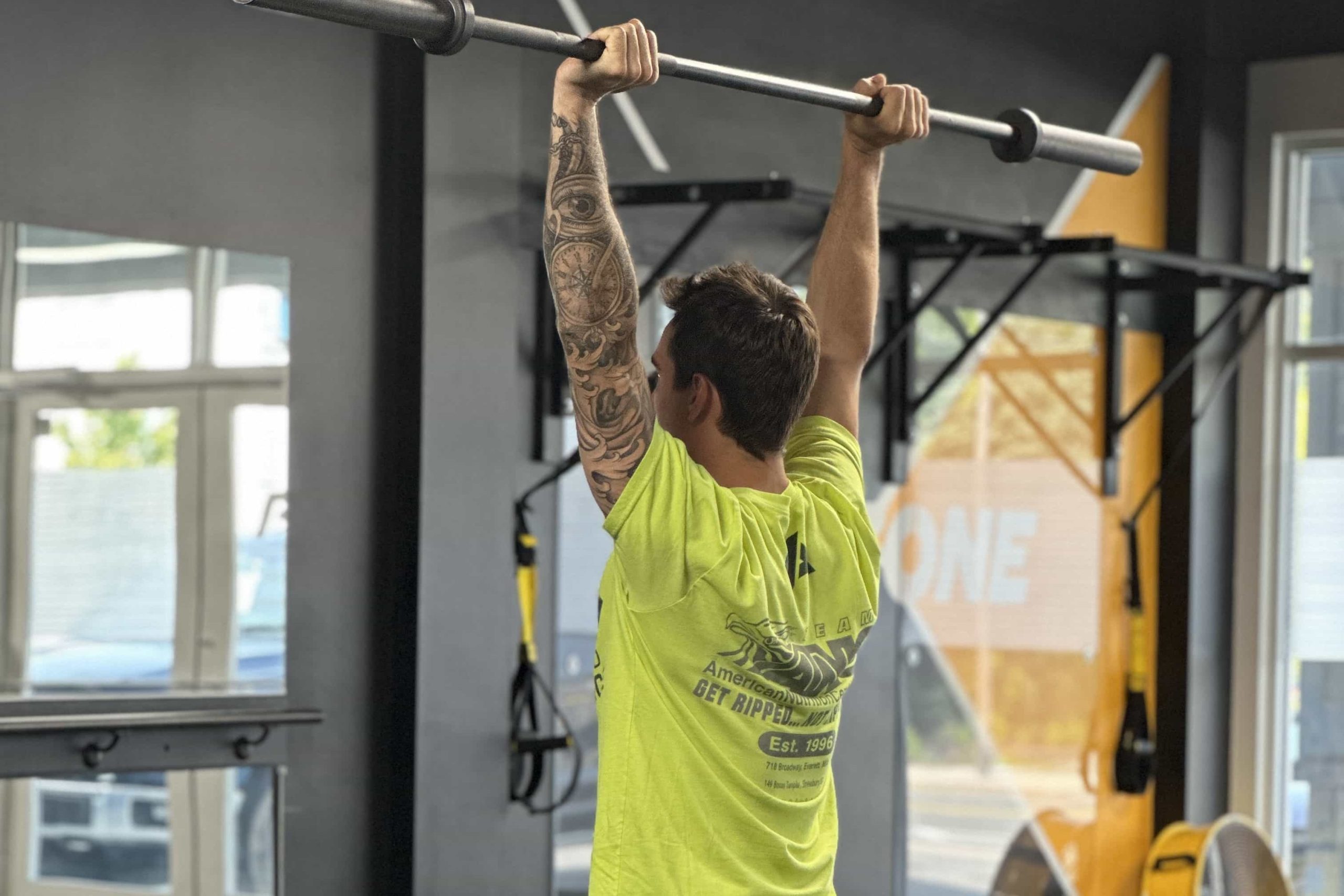
Physical Therapy for Weightlifters & CrossFit focuses on proper lifting mechanics, correcting muscle imbalances, and managing stress on joints to prevent pain, accelerate recovery, and enhance overall strength gains.

At The PT Zone, we’re dedicated to helping you overcome shoulder injuries and return to full strength and flexibility.
Our blend of manual therapy, strength exercises, and neuromuscular re-education is designed to tackle the underlying causes of your pain. Let us guide you toward a healthier, more mobile life—free from the limitations of shoulder discomfort.
Common Questions from Shoulder Injury Clients
1. How long does it typically take to recover from a shoulder injury?
Recovery time varies based on factors like the severity of your injury and your overall health. A mild strain can improve in a few weeks, while more involved conditions—like rotator cuff tears—can take months of dedicated rehab. At The PT Zone, we develop a personalized timeline for your treatment plan and adjust it as you progress. Consistency in therapy, combined with good self-care practices at home, often leads to steady improvement and a positive long-term outcome.
2. What are some red flags that my shoulder pain needs immediate attention?
Sudden, intense pain, inability to move the arm, visible swelling or deformity, or a “popping” sensation during injury are all signs you should seek professional assessment promptly. These might indicate a serious tear, dislocation, or fracture. Getting an early diagnosis speeds up recovery and lowers the risk of further complications. Even if you’re unsure, it’s better to have your shoulder evaluated to rule out major structural issues and receive proper guidance on next steps.
3. Can physical therapy really help with issues like impingement syndrome or rotator cuff strains?
Absolutely. Impingement, rotator cuff strains, and even more serious tears often respond well to a structured rehab program. By targeting scapular stabilization, muscle imbalances, and joint mobility, we reduce pain and improve function. Our manual therapies can relieve soft tissue tension, while progressive exercises build endurance in the supporting muscles. This combination often alleviates painful symptoms and prevents further damage, especially when patients stick to their personalized treatment plan.
4. How does strengthening my back and scapular muscles help my shoulder?
The scapula (shoulder blade) serves as the foundation for shoulder movement. When the muscles around the scapula are strong and balanced, they provide the stability needed for the shoulder joint to move freely and safely. Weakness in this area often leads to compensations that put extra stress on the rotator cuff and other shoulder structures, eventually causing pain. By improving scapular control and strength, we help distribute loads more effectively and reduce the risk of overuse injuries.
5. Should I keep exercising or rest my shoulder completely?
Total rest can sometimes lead to stiffness and slower recovery, while unmodified exercise can exacerbate pain. Physical therapy strikes a balance by guiding you in safe, controlled movements that stimulate healing without causing further harm. We’ll show you how to adapt your workouts, daily tasks, and even sleeping positions to protect the shoulder while still keeping it active enough to promote circulation and tissue health. Over time, carefully progressing these exercises is key to regaining full mobility and strength.
6. Will I need surgery if my shoulder pain is severe?
Not necessarily. Many shoulder conditions, even some that seem severe, respond well to conservative management like physical therapy. We work closely with referring physicians or surgeons to determine if and when surgery is needed. Often, people experience significant improvement with targeted exercises, manual therapy, and lifestyle modifications. In cases where surgery is necessary—like a complete rotator cuff tear—pre- and post-operative rehab can help ensure a smoother recovery and better overall outcomes.
7. Can therapy help me return to sports or overhead activities safely?
Absolutely. Overhead motions in sports or jobs can place significant stress on the shoulder joint. Our therapy programs gradually reintroduce these movements, building strength and coordination to handle elevated demands. We emphasize proper form, scapular stability, and balanced muscle engagement, all of which help prevent reinjury. With consistent progressions and guidance, you can get back to activities like swimming, tennis, or weightlifting with greater confidence and less pain.















